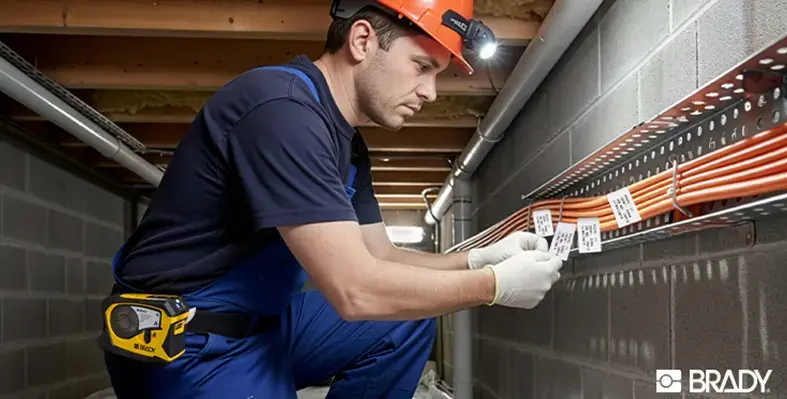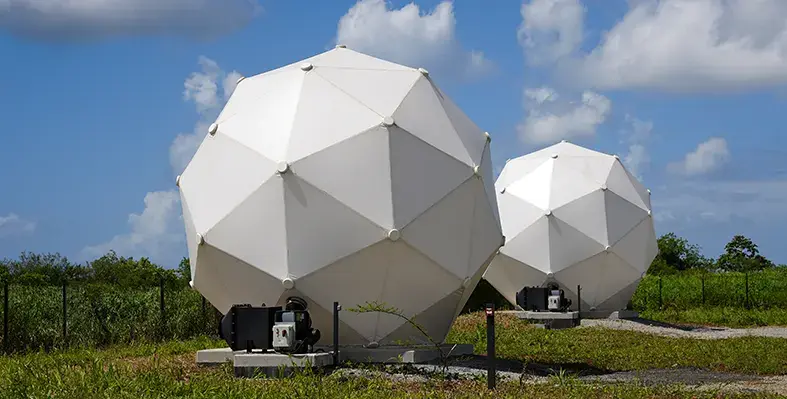Terrestrial Trunked Radio (TETRA) is a special two-way professional mobile radio transceiver designed for use by government agencies and specifically for emergency services such as police forces, fire departments, ambulance services, transport services, and the military.
In the United Kingdom, the University of Essex completed a study to establish if there are any short-term health effects from exposure to TETRA mobile radio masts. The principle investigator was Professor Elaine Fox, leading the university’s Electromagnetics and Health Research Team. The project started in January 2007 and was completed in December 2008.
Testing with TETRA
The aim of the study was to determine if the electromagnetic fields emitted by TETRA base stations affect a variety of health and well-being indices in people who experience sensitivity to electromagnetic fields and those who do not. The team at the University of Essex hoped to test 132 sensitive and 132 control (non-sensitive) participants. All testing took place in the Electromagnetics and Health Laboratory at the University of Essex.
The laboratory is a fully electrically screened three-room unit at the University of Essex, comprising a reception room, testing room, and experimenters control room all of which are completely screened from all outside electromagnetic fields. The testing room contains a window through which we can maintain visual contact between the participant and the person operating the computer equipment in a separate room.
The size of the testing room is 7m by 4m and is designed to attenuate to over 60dB. The inside surface of the testing room is lined with radio frequency (RF) pyramid shaped absorbing material, which allows the antenna to produce a uniform electromagnetic field within ± 3 dB over the area where participants were situated. In the testing room there are two screened doors and two screened windows. One window looks into the experimenters’ room so that visual contact between the participant and experimenter could be maintained throughout the testing period. The second window is located on the far side of the testing room and is used to project images onto a screen. The team used this screen to project a video for the entertainment of participants and to convey written information to them. The first screen door connects the reception room to the testing room, while the second screened door was used as a fire exit.
The reception room is a fully screened suite that is 5m by 3m and is designed to attenuate 50dB. The reception area contains a three-seater couch, two armchairs, and a coffee table. This room is also fitted with two screened doors, one coming from the entrance to the building and the other going to the testing room and is fitted with DC lighting.
The experimenter’s room is also 5m by 3m. All of the equipment necessary to control the base station and the presentation of videos and written information is located in the experimenter’s room. Each of the rooms are shielded so this guaranteed that participants in both the reception and testing rooms were protected from the electromagnetic fields generated by the computers in the experimenter’s room.
An unnatural environment?
In order to be able to test the effect of base stations on health, the team needed to be sure to have an environment in which they knew the participants were only being exposed to the electromagnetic fields emanating from a typical base station, but not those coming from other sources. This has been criticised because it does not reflect the ‘normal’ environment. This is true, in the sense that, every day, we are exposed to various electromagnetic fields from a variety of objects: computers, televisions, mobile phones, TETRA handsets, electrical appliances and so on. However, if the team was going to be able to establish a link between base stations and health, they first needed to demonstrate that the electromagnetic fields emitted by a typical base station affect indices of health and well-being under well-controlled scientific conditions. It is important to emphasize that if they did not find an effect, this would not mean that base stations do not cause negative health effects. The team could not rule out the possibility that electromagnetic fields from a base station would not interact with other electromagnetic fields to cause an effect. It is best to view this research as an important first step in the process of discovering the relationship between base stations and health.
Scientific conditions
In order to be scientifically valid, the study was conducted under “double-blind” conditions. This simply means that neither the person conducting the research, nor the person being tested will know when the base station is “on” or “off”. Once the team had completed the data collection phase (testing all participants), they “cracked the code” and see to what extent the electromagnetic fields affect a variety of symptoms that people had reported, as well as measures of blood pressure and heart-rate.
The Electromagnetics and Health Research Team is finalising the data entry and will soon begin the process of analysis and writing up the results for publication.
The team members intend to have a paper published in a peer-reviewed journal in the last quarter of 2009. The results will also be posted on the university Web site at www.essex.ac.uk























